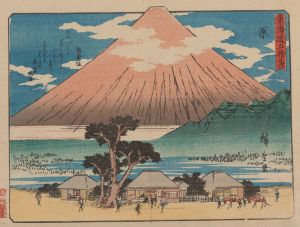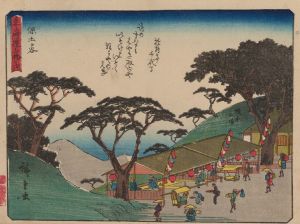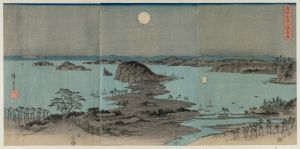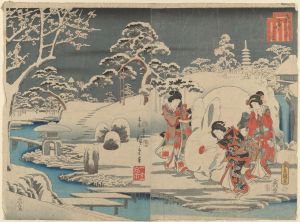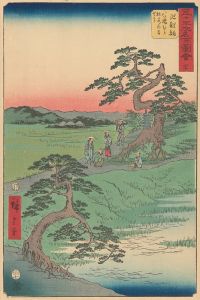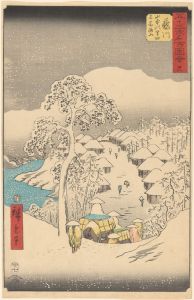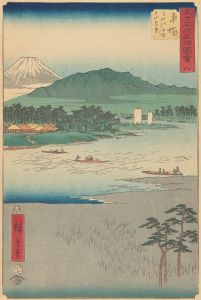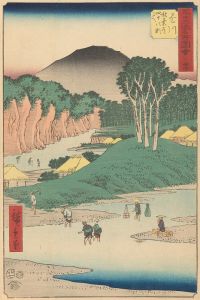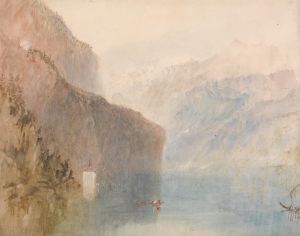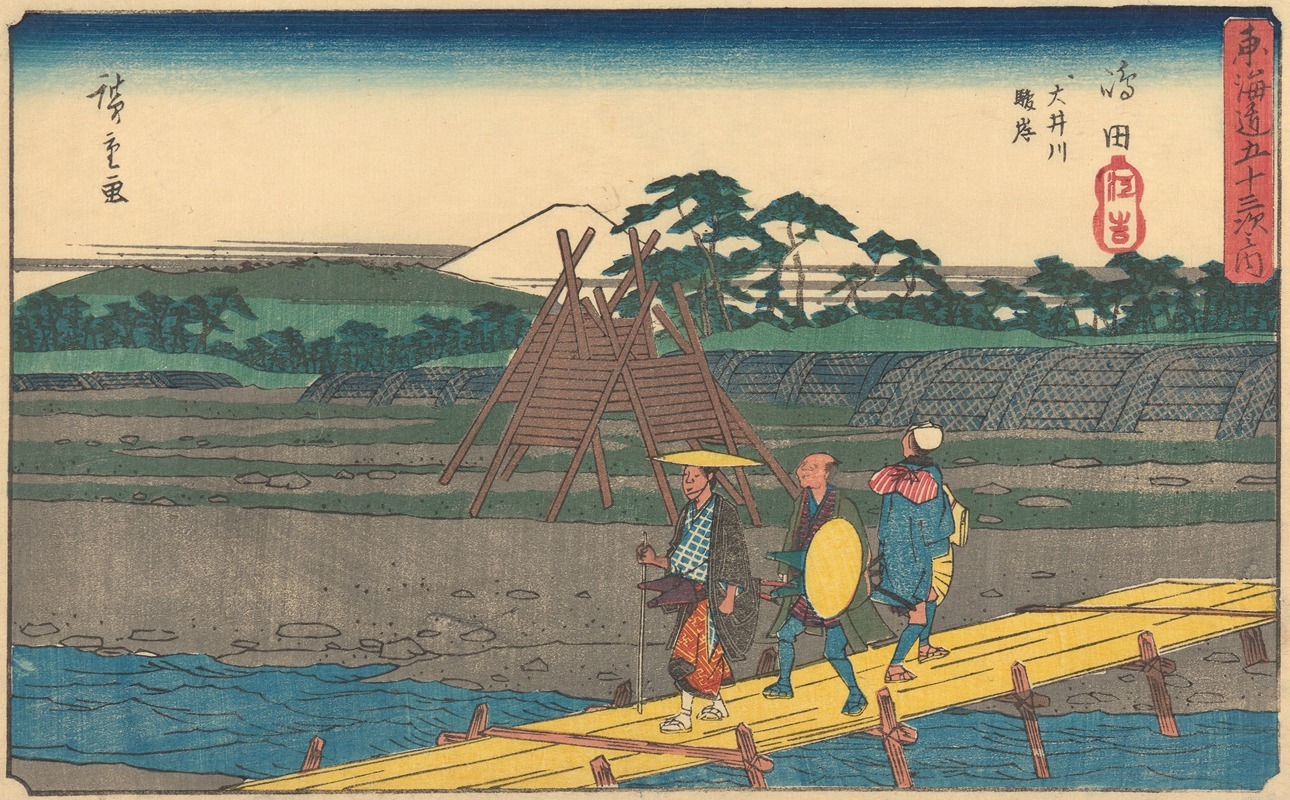
Shimada
A hand-painted replica of Andō Hiroshige’s masterpiece Shimada, meticulously crafted by professional artists to capture the true essence of the original. Each piece is created with museum-quality canvas and rare mineral pigments, carefully painted by experienced artists with delicate brushstrokes and rich, layered colors to perfectly recreate the texture of the original artwork. Unlike machine-printed reproductions, this hand-painted version brings the painting to life, infused with the artist’s emotions and skill in every stroke. Whether for personal collection or home decoration, it instantly elevates the artistic atmosphere of any space.
Andō Hiroshige, a renowned Japanese ukiyo-e artist of the Edo period, is celebrated for his landscape prints and depictions of everyday life. One of his notable works is the print titled "Shimada," which is part of his famous series "The Fifty-three Stations of the Tōkaidō" (Tōkaidō Gojūsan-tsugi no Uchi). This series, created in the early 1830s, captures the scenic beauty and cultural significance of the Tōkaidō road, a vital route connecting Edo (modern-day Tokyo) to Kyoto.
The "Shimada" print specifically represents the Shimada-juku, the twenty-fourth station along the Tōkaidō. Shimada was known for its strategic location near the Ōi River, which travelers had to cross. During the Edo period, bridges were not constructed over the Ōi River due to the shogunate's policy, which aimed to prevent easy movement of armies. As a result, crossing the river was a significant event for travelers, often requiring them to be carried across by porters or to wade through the water when it was shallow.
Hiroshige's depiction of Shimada captures this unique aspect of travel during the Edo period. The print illustrates travelers engaging in the crossing, showcasing the bustling activity and the challenges faced by those journeying along the Tōkaidō. Hiroshige's ability to convey the atmosphere and the human element of these travel stations is a hallmark of his work, providing viewers with a glimpse into the daily life and travel experiences of the time.
The composition of the "Shimada" print, like many in the series, reflects Hiroshige's keen eye for detail and his skillful use of perspective. He often employed a combination of bold lines and delicate color gradations to create depth and movement within the scene. This technique not only highlights the physical landscape but also emphasizes the dynamic interaction between people and their environment.
Hiroshige's "The Fifty-three Stations of the Tōkaidō" series, including the "Shimada" print, played a significant role in popularizing the Tōkaidō road and its stations. The series was widely acclaimed and became one of the most commercially successful ukiyo-e series of its time. It contributed to Hiroshige's reputation as a master of landscape prints and influenced subsequent generations of artists, both in Japan and abroad.
Today, Hiroshige's works, including the "Shimada" print, are celebrated for their artistic merit and historical value. They offer insight into the cultural and social dynamics of the Edo period, capturing the essence of a time when travel was both an adventure and a necessity. Hiroshige's ability to blend realism with artistic expression continues to resonate with audiences, making his prints enduring masterpieces of Japanese art.





